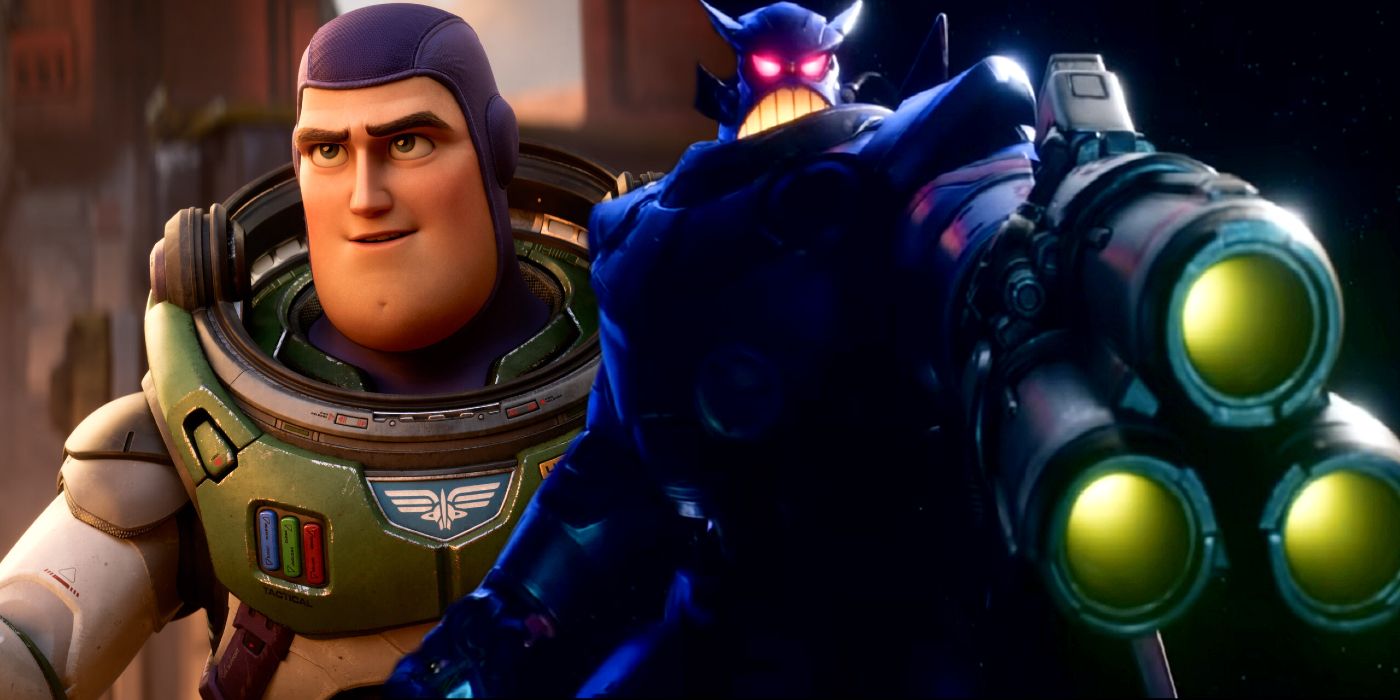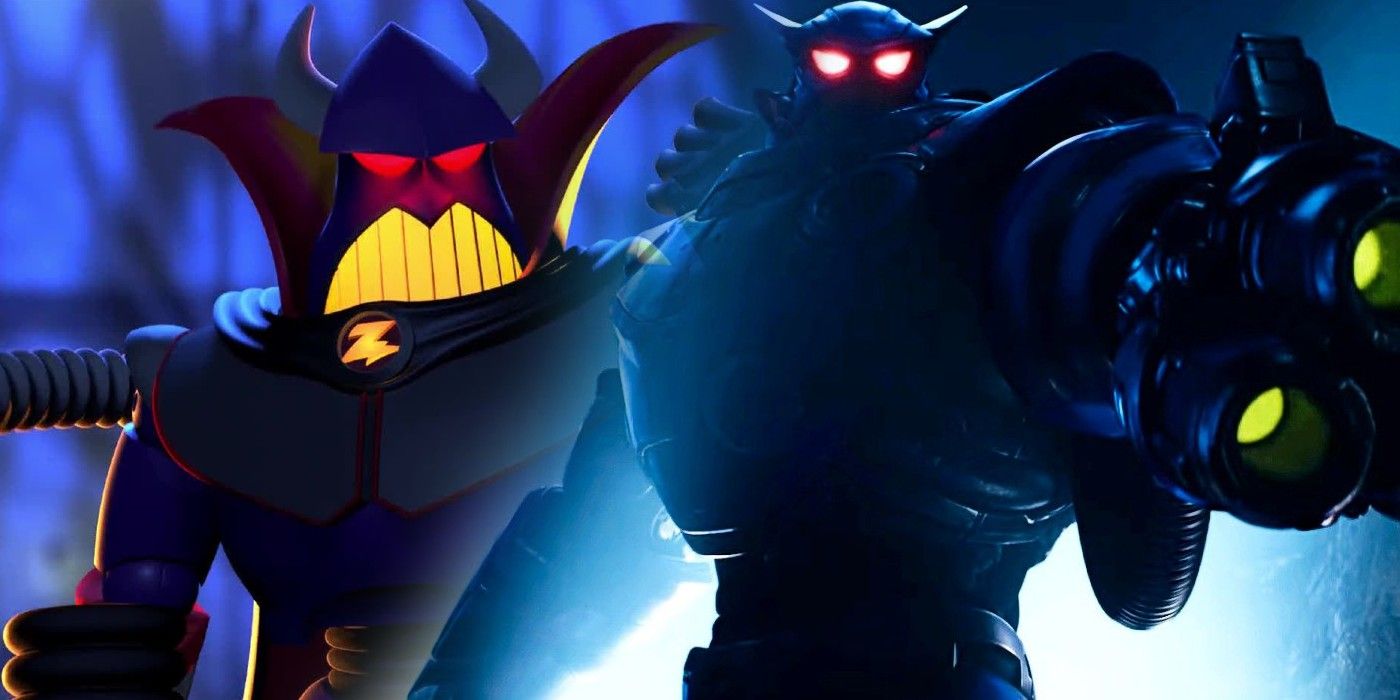Warning: Contains spoilers for Lightyear.
Lightyear has a twist involving its depiction of Zurg that ends up repeating Disney’s worst movie villain cliché: the twist villain. While there are more examples of Disney having a straightforward villain than not, Disney has still done the twist villain enough times for it to be seen as a specific cliché of the studio. Lightyear is the latest to do it, and its execution might be one of the worst yet.
One criticism that’s been levied at many Disney movies is how many of them will feature a twist villain in that a seemingly innocent character will be revealed as the true villain of the story instead of whoever was made out to be the villain before. In addition to being criticized for how often Disney’s done it, especially with its more recent movies like Frozen, Big Hero 6, Coco, and Incredibles 2, there’s also how the twist usually causes the villain, or the conflict surrounding them, to be underdeveloped because the movie needs to keep them a secret for most of the runtime. While the trend has died down in recent years, with some Disney movies not even having proper antagonists, it’s still associated enough with Disney to be considered a cliché of the studio's movies.
Unfortunately, Lightyear’s Zurg ends up being the latest Disney villain to follow the twist villain cliché. Near the end of the movie, it’s revealed that Zurg isn’t a robot or an alien being, but an older version of Buzz Lightyear from an alternate timeline who went back in time to try and stop his crew from getting stranded on Tikana Prime. Just like other Disney twist villains, barely any time is spent setting up the reveal, so Zurg has very few moments where he gets to be an actual villain; add in the confusing and poorly explained mechanics of the movie’s time travel, and the execution of Zurg ends up falling flat.
Lightyear’s Zurg also falls flat as a villain when compared to his previous incarnation from Buzz Lightyear of Star Command. Not only was that version of Zurg constantly active in the show, but he was a straightforward villain from day one, meaning that the show always had plenty of time for him to interact with other characters and delve into his villainy. That creates a stark contrast to Disney's Lightyear’s Zurg who, by being a twist villain, doesn’t spend a lot of time in the movie as just himself and has comparatively few moments of engaging in actual villainy.
The biggest problem with Lightyear’s Zurg, however, is that the movie does a poor job of establishing how he’s supposed to be the villain. Buzz objects to Zurg's plan because changing history could prevent Alisha from meeting her wife, Kiko, thus causing Izzy and the rest of her family to never exist. While Alisha does attribute them being stranded to her meeting Kiko, there’s no proof that they wouldn’t have met under different circumstances, especially when they both work for the same organization, and with everyone constantly having to hide from giant bugs and plants that want to kill them, it’s hard to see James Brolin's Zurg as being in the wrong for trying to fix that. There’s an attempt to focus on Zurg’s refusal to move on with his life making him go mad, but there isn’t enough attention given to that to make it work, likely a result of how little time Zurg gets to spend being a villain in the movie.
Lightyear repeats Disney’s twist villain cliché with Zurg, and doing so ultimately ruins Zurg as a villain. Thanks to being a twist villain, there isn’t enough time spent with him to fully flesh him out, and what is done with him ends up complicating his character through confusing time travel elements and undermining his villainy by poorly explaining why he’s in the wrong. Disney had largely moved past the twist villain cliché, so it ends up being a shame that they fell back into it with Disney Pixar's Lightyear.


